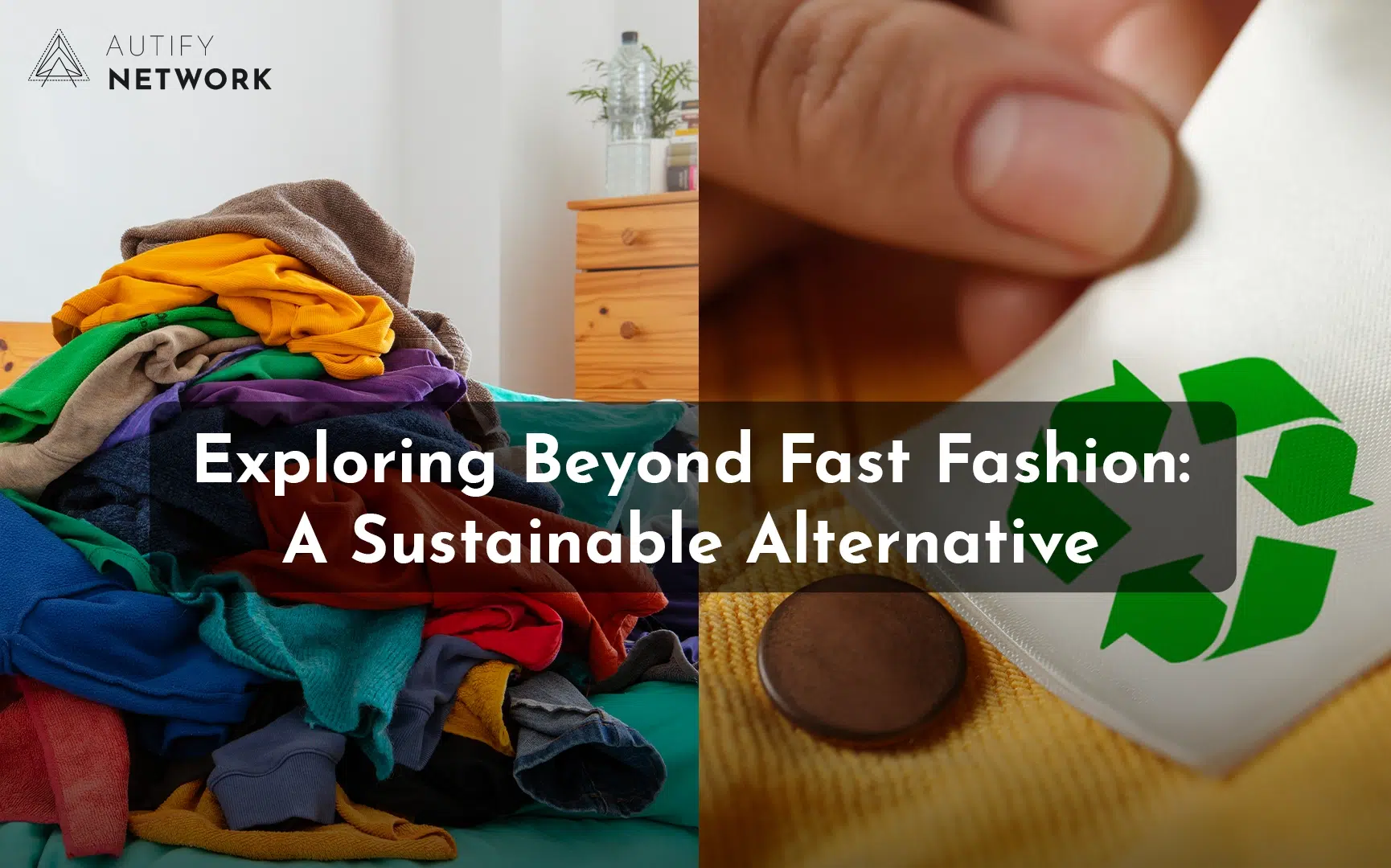
No More Secrets: Supply Chain Transparency in the Fashion Industry
Supply chain transparency has become a buzzword in the fashion industry in recent years, and for a good reason. The fashion industry is known for its opaque supply chains, which often hide exploitative practices, environmental damage, and social injustice. By achieving transparency, the fashion industry can address these issues and become more sustainable and ethical.
According to a report by the Fashion Revolution, a global movement advocating for a more transparent and sustainable fashion industry, only 17% of fashion brands publish their entire supply chain. This means that most fashion brands are unaware of the conditions under which their products are manufactured and their environmental impact. Achieving supply chain transparency requires brands to have a clear understanding of their entire supply chain, including the sourcing of raw materials, manufacturing, and transportation.
The Negative Impacts of the Fashion Industry on Society and the Environment
The fashion industry’s impact on society and the environment is significant and often negative. The industry is known for its exploitative practices, including low wages, long working hours, and unsafe working conditions. According to the International Labour Organization (ILO), around 170 million children are engaged in child labour worldwide, with many working in the fashion industry.
The fashion industry is also one of the most polluting industries globally, contributing to greenhouse gas emissions, water pollution, and waste generation. According to a report by the Ellen MacArthur Foundation, the fashion industry produces 92 million tonnes of waste each year and is responsible for 10% of global carbon emissions.
Understanding Supply Chain Transparency in the Fashion Industry
Supply chain transparency in the fashion industry involves tracking the entire supply chain, from the sourcing of raw materials to the final sale of the product. It allows brands to understand the conditions under which their products are manufactured, the environmental impact of their operations, and the social impact on workers and communities.
Supply chain transparency requires brands to work closely with their suppliers and other stakeholders, such as manufacturers, transporters, and retailers. It involves collecting and sharing data on operations, such as energy consumption, waste generation, and labour conditions. This data can be used to identify areas of improvement and address issues quickly. Companies like Autify Network can provide end-to-end sustainability and origin-tracing solutions to brands. This way, customers and brands are in the know of how and where their clothes are manufactured.
The Benefits of Supply Chain Transparency in the Fashion Industry
Supply chain transparency has numerous benefits for the fashion industry. Firstly, it can help build consumer trust by demonstrating a brand’s commitment to ethical and sustainable practices. According to a study by Cone Communications, 90% of consumers are more likely to trust and remain loyal to brands that are transparent about their operations.
Secondly, supply chain transparency can help brands adopt ethical and sustainable practices. By understanding their impact on the environment and society, brands can identify areas of improvement and implement sustainable solutions. For example, some brands are switching to organic cotton or recycled materials to reduce their environmental impact.
Thirdly, supply chain transparency can help reduce negative impacts on the environment and society. By monitoring operations in real time, brands can identify issues and address them quickly. For example, some brands are implementing water-saving technologies to reduce water consumption in their operations.
Technology and Supply Chain Transparency in the Fashion Industry
Technology plays a crucial role in achieving supply chain transparency in the fashion industry. Blockchain technology, for example, can enable brands to track the entire supply chain, from the sourcing of raw materials to the final sale of the product. Autify Network is one of the top brands using Blockchain technology to solve for transparency in the fashion supply chain. Additionally, our SaaS platform can help brands identify any issues in the supply chain and address them quickly. Other technologies, such as artificial intelligence, machine learning, and big data analytics, can help brands monitor their supply chain in real-time and make informed decisions.
Challenges in Achieving Supply Chain Transparency in the Fashion Industry
Despite the benefits of achieving supply chain transparency, the fashion industry faces several challenges. One of the most significant challenges is the complexity of the supply chain. The fashion industry has a vast network of suppliers, manufacturers, and retailers, making it challenging to track every step of the supply chain.
Another challenge is the lack of incentives for brands to achieve transparency. Brands may not see the value in investing in supply chain transparency as it may not lead to an immediate return on investment. Moreover, some brands may be hesitant to reveal their operations, fearing that it may lead to negative publicity or reveal exploitative practices.
Initiatives for Achieving Supply Chain Transparency in the Fashion Industry
Several initiatives have been launched to promote supply chain transparency in the fashion industry. The Fashion Revolution is a global movement that advocates for a more transparent and sustainable fashion industry. It encourages brands to publish their entire supply chain and to adopt ethical and sustainable practices.
The Sustainable Apparel Coalition (SAC) is another initiative that aims to reduce the environmental and social impact of the fashion industry. It provides brands with tools and resources to measure and improve their sustainability performance. The SAC’s Higg Index is a tool that allows brands to assess their sustainability performance and identify areas for improvement.
Benefits of Achieving Supply Chain Transparency in the Fashion Industry
There are several benefits of achieving supply chain transparency in the fashion industry, including:
- Improved working conditions: By knowing the entire supply chain, brands can identify and address any issues related to working conditions. This can lead to better wages, safer working environments, and more reasonable working hours for workers.
- Reduced environmental impact: Brands can identify and reduce their environmental impact by tracking their entire supply chain. They can adopt sustainable practices, reduce waste, and lower their carbon footprint.
- Increased consumer trust: Consumers are becoming more conscious of the environmental and social impact of the products they purchase. By achieving supply chain transparency, brands can earn the trust of consumers who value sustainability and ethical practices.
- Better risk management: Brands can identify and mitigate any risks in their supply chain, such as supply chain disruptions, unethical practices, or environmental disasters.
Examples of Supply Chain Transparency in the Fashion Industry
Several fashion brands have already adopted supply chain transparency in their operations. One such brand is Patagonia, which has been a leader in sustainable and ethical fashion for years. The brand publishes its entire supply chain on its website and has even created a feature that allows customers to trace the journey of their purchased products.
Levi Strauss & Co. is another brand that has adopted supply chain transparency. The brand has published a list of all its suppliers and the countries in which they operate. Additionally, the brand has set a target to reduce its greenhouse gas emissions by 40% by 2025.
H&M, a fast fashion brand, has also made efforts towards achieving supply chain transparency. The brand publishes its supplier list and has set a goal to become 100% circular and climate-positive by 2030.
Importance of Consumers in Achieving Supply Chain Transparency in the Fashion Industry
Consumers play a vital role in achieving supply chain transparency in the fashion industry. They can influence brands to become more transparent by demanding information about the products they purchase. Additionally, consumers can also choose to support brands that have transparent supply chains and sustainable practices.
Moreover, consumers can become more conscious of their purchasing habits. Today, GenZ choose to buy from brands that prioritize sustainability and ethical practices. Thus, driving the demand for sustainable and transparent fashion, leading to a more significant transformation in the industry.
Ending Note
In conclusion, achieving supply chain transparency is critical for creating a sustainable and ethical fashion industry. Brands that prioritize supply chain transparency can benefit from improved working conditions, reduced environmental impact, increased consumer trust, and better risk management. Several initiatives and brands have already made efforts towards achieving supply chain transparency, but there is still a long way to go.
If you’re a brand looking to prioritize supply chain transparency, consider joining the waitlist for Autify Network’s blockchain technology. Our end-to-end traceability can provide your customers with the transparency and accountability they demand while also helping your brand become a leader in the sustainable fashion space. Consumers can play a vital role in this transformation by demanding transparency and supporting sustainable brands. By working together, we can create a fashion industry that is not only stylish but also ethical and sustainable.








Comments are closed.